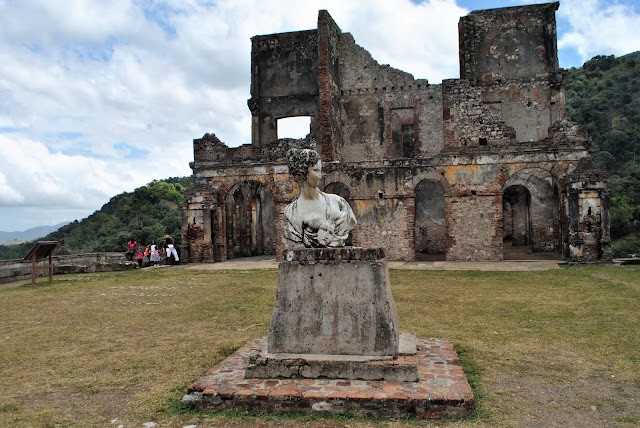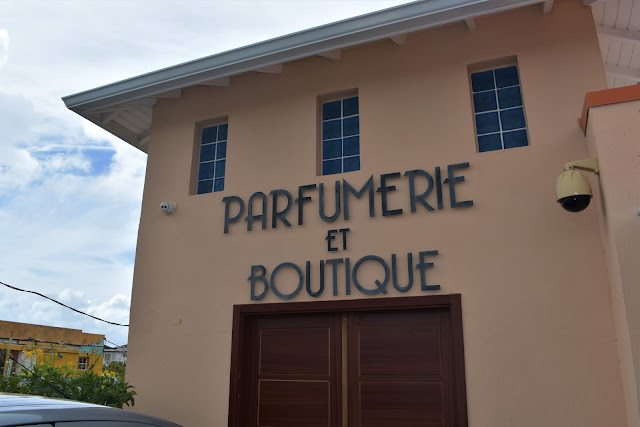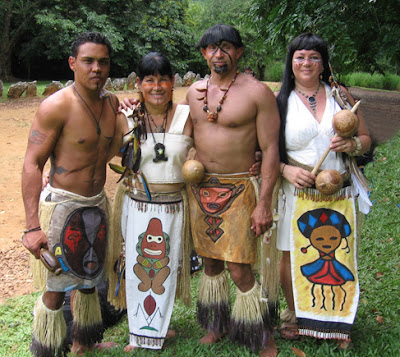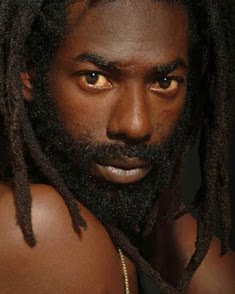Why Traveling To Haiti was One of the Highlights of My Life
This was supposed to be a post that examined my year in travel. But in light of the nonsense that has been recently stirred up about Haiti, El Salvador and the 54 countries that make up the African continent, I felt compelled to shine the spotlight on Haiti. I have long been weary of the constant dragging that the "Pearl of the Caribbean" endures. I have yet to see a mention of the island that doesn't describe it as "the poorest country in the Western Hemisphere" or reference the many natural disasters that have challenged this small country. You would think that it was some ravaged hole on the other side of the Dominican Republic, the way the stereotypes portray it. I assure you, it is not. Poverty and earthquakes have not stopped Haiti from being a vibrant country with a rich culture and stunning landscape. The elegant ruins of the Sans Souci palace, shown above, is just one example. The grand palace was constructed in 1813 for Haiti's King Henri Christophe and included an amphitheater, a hospital, stables, gardens and pools.
And here we get to the real issue. Yes, Haiti had a king, a palace and an iconic mountain top fortress, La Citadelle,constructed to preserve Haiti's status as the world's first Black Republic. The audacity of an enslaved people to snatch their freedom from France is something that the former colonial power never got over and Haiti has been paying for it ever since. But despite all the stereotypes and struggles thrown at Haiti, the pride and spirit of the Haitian people remain formidable. Stepping into the green hills and art strewn sidewalks of the island is something that I will never forget.
Color and art fill every surface of Port Au Prince, from shops, to tap tap buses, to artfully painted houses.
The National Museum of Haiti boasts a sculpture garden as well as the tombs of Haiti's freedom fighters, Pre-Colombian artifacts, fine art and even the anchor from Christopher Columbus' Santa
Maria ship.
At the St. Trinity School of Music, over 1,000 students learn classical and Haitian folk music in a rigorous program that allows them to perform all over the world and record CDs. Many of the children are supplied with free music lessons and the melodies from their instruments can be heard through the streets of the trendy Petionville suburb of Port Au Prince. This is just a portion of the Haiti that I experienced. To witness the beauty, the resilience and the grace of the Haitian people and to know their courageous history fills me with pride. Ignorant remarks from a fast-food loving, half wit will never change that. Haiti is magnificent and I am forever changed because I had the opportunity to glimpse it personally.









Comments